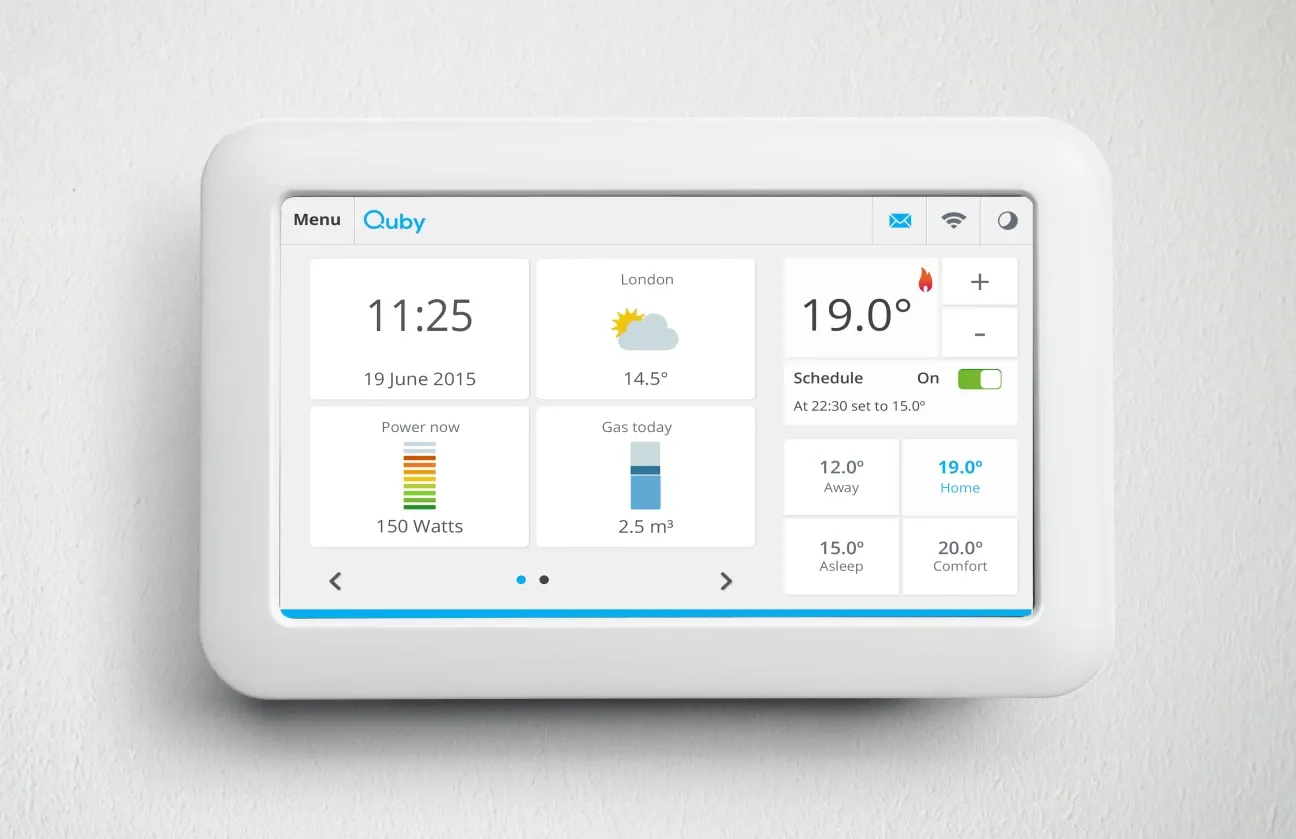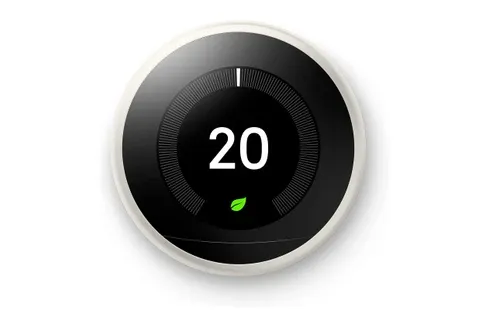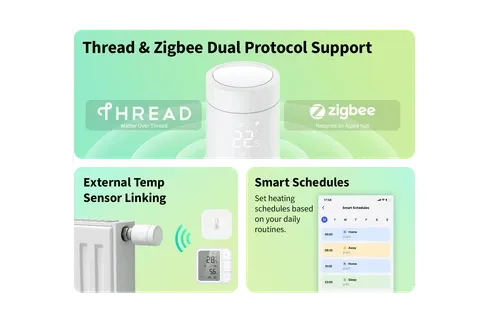What Makes a Smart Thermostat “Smart”?
A smart thermostat is an internet‑enabled temperature controller that does far more than switch your HVAC on and off. Packed with sensors and software, it learns when you wake, work, and sleep, then fine‑tunes heating or cooling automatically. This keeps rooms comfortable while trimming waste, resulting in lower energy bills and a lighter carbon footprint. Because everything is managed through a mobile app or voice assistant, adjusting the climate becomes effortless-even when you’re away from home.
Beyond basic temperature regulation, cutting‑edge designs integrate local weather forecasts, occupancy trends, and seasonal utility rates, refining every adjustment in real time. They can even suggest filter replacements, remind you of scheduled maintenance, and integrate with utility demand‑response programs to earn bill credits while supporting a more resilient energy grid.
Key Benefits at a Glance
- Precise scheduling that matches daily routines
- Automated temperature adjustments based on occupancy and weather
- Real‑time energy reports that spotlight savings opportunities
- Seamless control from anywhere via smartphone or smart speaker
- Compatibility with major ecosystems such as Alexa, Google Home, and Apple Home
Essential Features to Look For
Learning Algorithms
The most advanced models study your preferences and build automatic schedules within a week. Look for adaptive algorithms that continue refining settings as seasons change.
Geofencing
When the last family member leaves the house, geofencing sets the smart thermostat to an eco‑friendly mode. Detecting your return, it restores comfort before you walk through the door.
Remote Sensors
Add‑on temperature or occupancy sensors help eliminate hot and cold spots, giving every room equal attention instead of relying on a single hallway reading.
Energy Reporting
Detailed dashboards translate kilowatts into dollars, showing exactly how tweaks translate to cash in your pocket.
Choosing the Right Smart Thermostat
Start by confirming HVAC compatibility-most modern systems use standard 24‑volt wiring, but older equipment may need a power adapter. Next, decide which voice assistant you prefer; native support avoids extra hubs. Finally, think about looks: a thermostat sits eye‑level, so a clear display and attractive bezel can blend with décor.
Installation Tips
Many homeowners complete installation in under 30 minutes using only a screwdriver and the included wiring labels. Shut off power at the breaker, note wire positions on the old base, and transfer each conductor to the matching terminal on the new unit. Most brands provide step‑by‑step app guidance plus live chat if you hit a snag.
Frequently Asked Questions
Does a smart thermostat work without Wi‑Fi?
Basic manual control remains, but advanced scheduling and remote features require an internet connection.
How much can I save?
Studies show average reductions of 10–15 % on heating and cooling costs, though homes with irregular schedules often save more.
Will it pay for itself?
Between direct energy savings and potential utility rebates, payback typically occurs within two heating and cooling seasons.
Optimizing Performance Through Everyday Habits
While the smart thermostat handles most decisions automatically, a few mindful habits can further improve comfort and efficiency. Start by reviewing seasonal schedules at least twice a year. Small adjustments-such as lowering the heat a few degrees at night or raising cooling temperatures when no one is home-can produce noticeable savings without affecting comfort. Smart thermostats also benefit from thoughtful placement of remote sensors. Position them in rooms that see the most activity, avoiding locations near vents, radiators, or direct sunlight, as uneven readings can lead to unnecessary system cycling.
Another habit worth adopting is tracking weekly energy reports. These clear, user‑friendly summaries help you identify spikes in usage, giving you a chance to correct issues early. For example, an unexpected rise in consumption could signal poor insulation, drafty windows, or a failing HVAC component. By acting quickly, you can often prevent expensive repairs and maintain year‑round efficiency.
Smart integrations also open the door to creative automation. Pairing your smart thermostat with occupancy sensors, smart blinds, or even a smart ceiling fan enables multi‑layered control that responds naturally to your lifestyle. This level of coordination not only optimizes indoor climate but also reduces the strain on your HVAC system, supporting long‑term reliability and better airflow throughout the home.
Regular maintenance is the final pillar of peak performance. Replace filters on schedule, clear dust from vents, and ensure that outdoor HVAC units remain free of debris. Combined with the intelligence of a smart thermostat, these simple steps help your home reach its highest standard of comfort and sustainability.
Final Thoughts
Upgrading to a smart thermostat is one of the quickest, most cost‑effective ways to modernize a home. By combining automatic intelligence with hands‑free convenience, it delivers year‑round comfort while cutting waste-proving that smart technology can be both practical and planet‑friendly.
By mastering the nuances of scheduling, sensor placement, and voice commands, you unlock a blueprint for climate control that can maximize comfort while making a decisive cut in wasteful runtime. This simple upgrade drives year‑round savings, extends HVAC longevity, and gives your household insights that inspire smarter habits every season.




